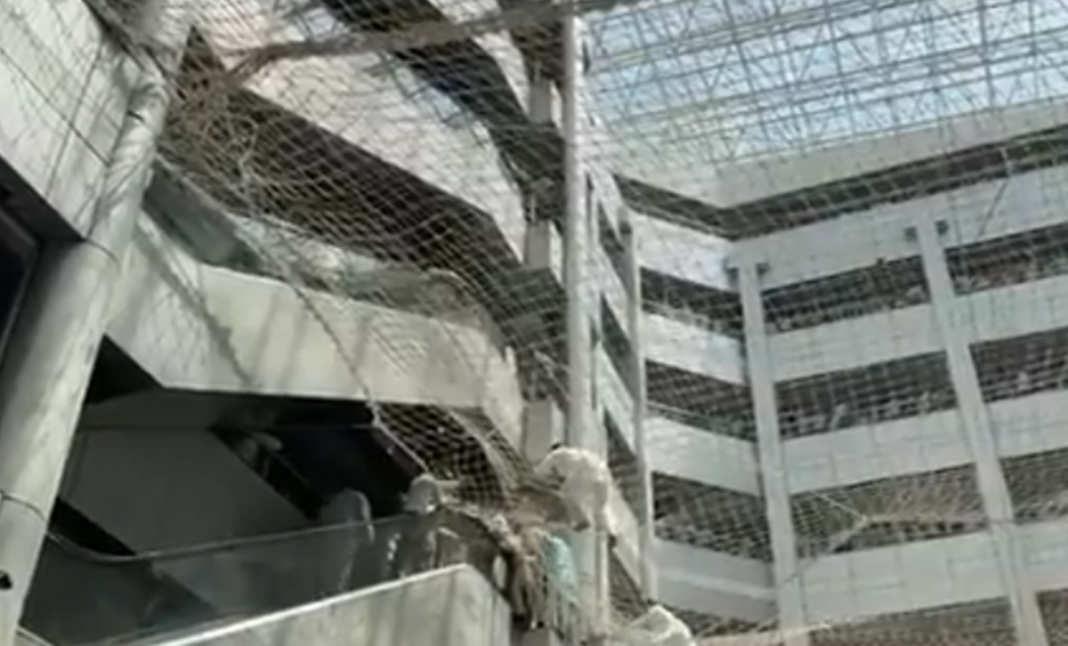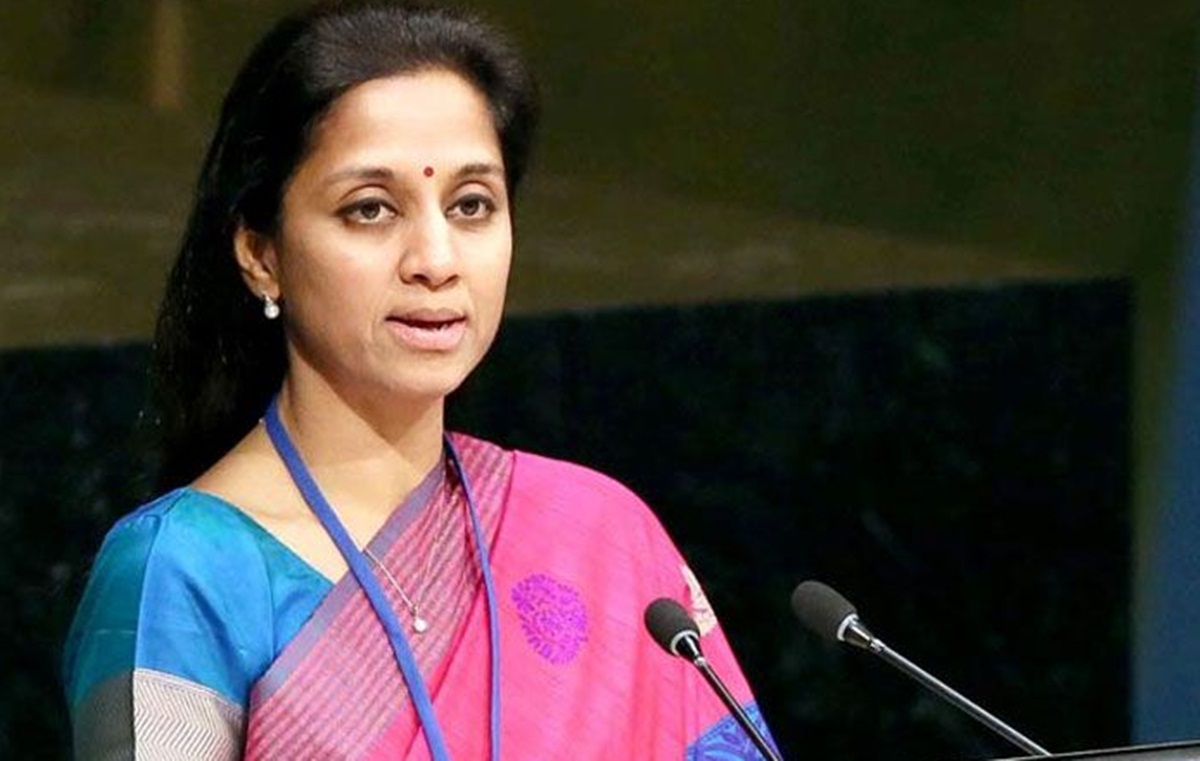In a bold display of dissent, several tribal Members of the Legislative Assembly (MLAs), including Maharashtra’s Deputy Speaker Narhari Zirwal, jumped from the third floor of the Mantralaya building in Mumbai on Friday afternoon, landing onto strategically placed safety nets below. This dramatic action was part of their escalating protest against the potential inclusion of the Dhangar community in the Scheduled Tribe (ST) category. Tribal leaders fear this move could undermine existing reservations and the rights of indigenous groups.
Footage of the protest, capturing the moment when the MLAs were rescued from the safety nets, rapidly circulated on social media, drawing considerable public attention. Authorities worked diligently to assist the legislators, highlighting the high-stakes nature of the issue at hand.
This protest is rooted in a long-standing grievance among tribal groups regarding the proposed elevation of the Dhangar community to ST status. The tribal MLAs voiced their concerns that this decision would not only be unconstitutional but would also disrupt the delicate balance of existing tribal rights and quotas.
In a letter directed to Chief Minister Eknath Shinde, Deputy Speaker Narhari Zirwal outlined two critical demands: the reinstatement of the appointment process for Scheduled Tribe candidates under the PESA (Provisions of the Panchayats Extension to Scheduled Areas) Act and the immediate release of a Tata Institute of Social Sciences (TISS) report on Dhangar reservations. The report has emerged as a pivotal piece in the ongoing debate, with tribal leaders fearing that it could tilt the scales in favor of the Dhangars.
The Dhangar community, which currently holds the designation of Other Backward Classes (OBC), has long sought recognition as Scheduled Tribes, arguing that a historical “spelling error” has unjustly denied them access to critical benefits. Despite their assertions, both the Supreme Court and the Bombay High Court have dismissed their petitions. Nonetheless, the Dhangar community holds significant sway over approximately 25-30 Assembly seats, keeping the issue politically volatile.
Tensions escalated further after Chief Minister Shinde met with Dhangar leaders, during which Minister Shambhuraj Desai hinted at a potential governmental resolution to grant them ST status. This development prompted tribal leaders to ramp up their opposition, culminating in the high-profile protest at Mantralaya, the administrative nerve center of Maharashtra.
The ongoing conflict between tribal factions and the Dhangar community over reservation policies poses a formidable challenge for the Maharashtra government. With implications that could reshape political alliances and voter dynamics, this issue remains a focal point of contention in the state’s political landscape. As tribal leaders rally against what they perceive as a threat to their rights, the call for justice and recognition continues to echo throughout Maharashtra.






